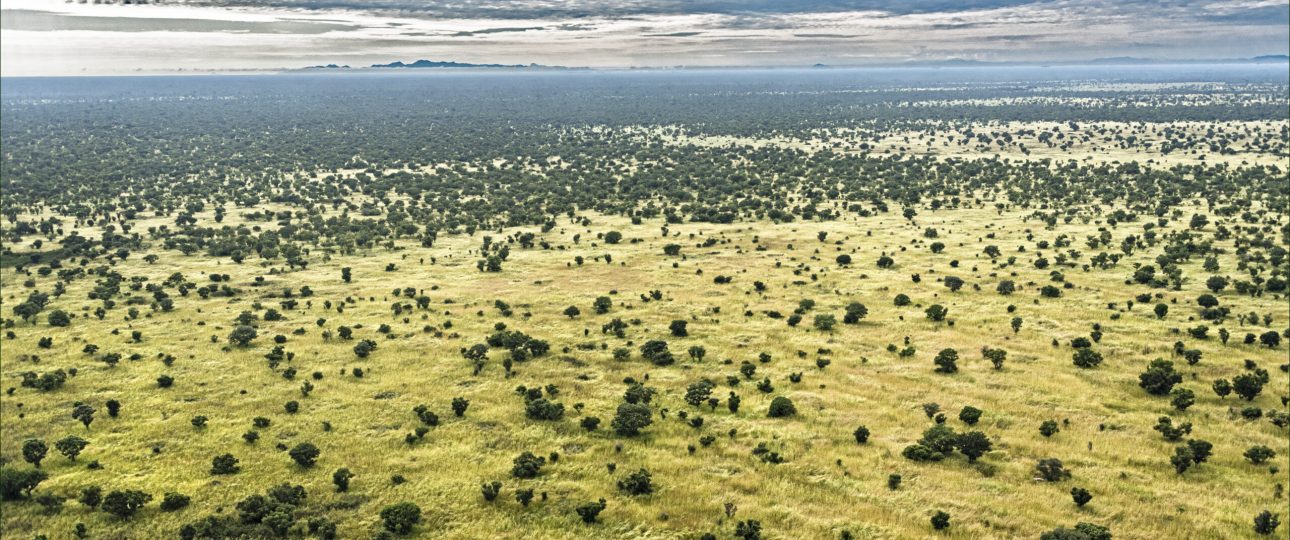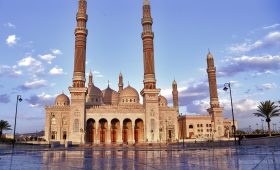Exploring Boma National Park in South Sudan
Boma National Park in South Sudan offers an unparalleled opportunity to experience one of Africa’s most significant wildlife habitats. Spanning over 22,800 square kilometers, this park is a sanctuary for a diverse array of ecosystems and wildlife. From dense forests to expansive grasslands, Boma is a haven for nature enthusiasts and wildlife watchers.
Wildlife and Biodiversity
Boma National Park is renowned for hosting the world’s second-largest annual animal migration. Between January and June, species such as the Bohor reedbuck, tiang, and the iconic white-eared kob migrate between Boma and Bandingilo National Park. This migration includes approximately 1 million kob and 200,000 tiang, making it a spectacular event for visitors.
The park is home to a variety of large mammals, including buffalo, elephants, Nubian giraffes, and African leopards. Birdwatchers will find the park equally rewarding, with species like Ruppell’s vulture and the black-chested snake eagle gracing the skies. Boma is also a crucial refuge for the white-eared kob, tiang, and Mongalla gazelle.
Best Time to Visit
The optimal time to visit Boma National Park is during the dry season, from December to March, when the weather is cooler and more conducive to exploration. However, birdwatchers may prefer the wet season, from April to November, when the park’s avian population is most active.
Getting There
Accessing Boma National Park requires some planning due to its remote location. Most visitors fly into Juba, South Sudan’s capital, which is serviced by international airlines. From Juba, you can arrange a chartered flight or hire a private vehicle to reach the park. Be aware that road conditions can be challenging, so air travel is often the preferred option.
Local Transportation
Once in the park, exploring its vast landscapes is best done with a 4×4 vehicle, which can handle the rugged terrain. Hiring a knowledgeable local guide can enhance your experience by providing insights into the park’s ecology and wildlife.
For those who prefer a more intimate experience with nature, Boma offers well-maintained walking trails. Hiking allows you to immerse yourself in the park’s natural beauty, but be sure to wear comfortable shoes and bring essentials like water, sunscreen, and insect repellent.
Cultural Experiences
Beyond its natural allure, Boma National Park offers rich cultural experiences. Engage with local communities to learn about their traditions and way of life. Participate in traditional dance performances, sample local cuisine, and explore vibrant markets for unique handicrafts. The hospitality of the South Sudanese people adds a memorable dimension to your visit.
While Boma National Park offers incredible wildlife and cultural experiences, visitors should be aware of the region’s limited infrastructure and access challenges. Conservation efforts are ongoing, but decades of conflict have impacted monitoring and protection of the park’s biodiversity. Despite these challenges, Boma remains a remarkable destination for those seeking an authentic and adventurous travel experience.




